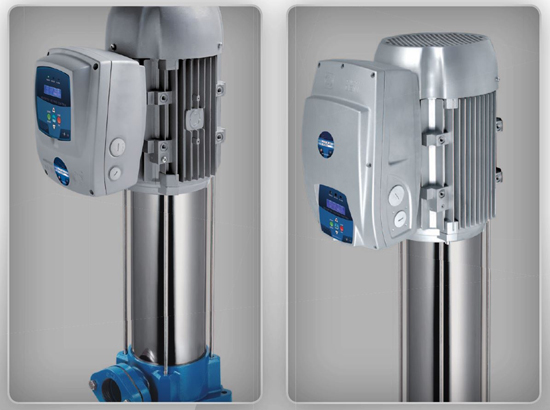Proton pump inhibitors (PPIs) are now generally considered the drugs of choice for treatment of patients with serious or refractory acid-related diseases. However, despite some popular notions to the contrary, these agents are not equivalent in their pharmacokinetic, pharmacodynamic and efficacy profiles. When the two newest PPIs, rabeprazole and esomeprazole, are compared with the older drugs in this class (omeprazole, lansoprazole and pantoprazole), the newer PPIs offer several key advantages over older agents, particularly in terms of the management of gastro-oesophageal reflux disease. Rabeprazole and esomeprazole achieve more rapid and profound inhibition of acid secretion than do older agents, and they sustain this suppression to provide acid control and symptom relief over 24 h. The balanced hepatic metabolism of rabeprazole, involving both cytochrome P450 (CYP)-mediated reactions in the liver and nonenzymatic reactions, appears to confer an advantage over older PPIs in that genetic polymorphisms for CYP 2C19 do not significantly influence rabeprazole clearance and, potentially, clinical efficacy. The metabolism of esomeprazole also involves CYP 2C19, but the pharmacokinetic effects of genetic differences in the expression of this enzyme are not known. However, esomeprazole is also intended to minimize pharmacological variability. Unlike esomeprazole, the use of rabeprazole is not complicated by clinically significant drug-drug interactions of the type that have been reported for omeprazole and the wide range of medications metabolized by CYP 2C19.
